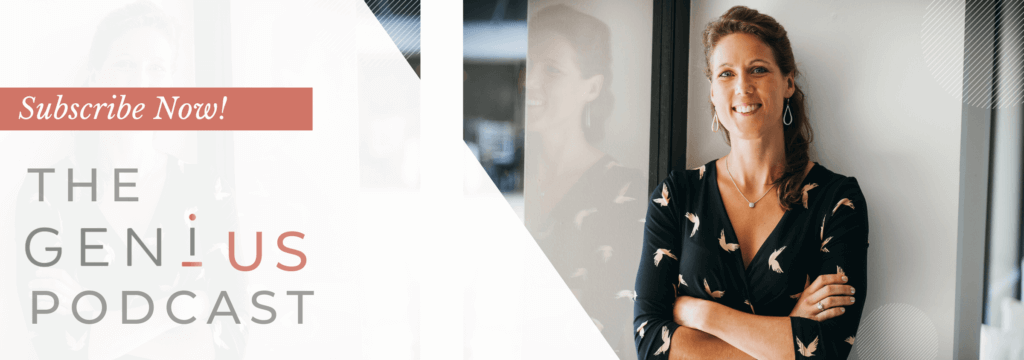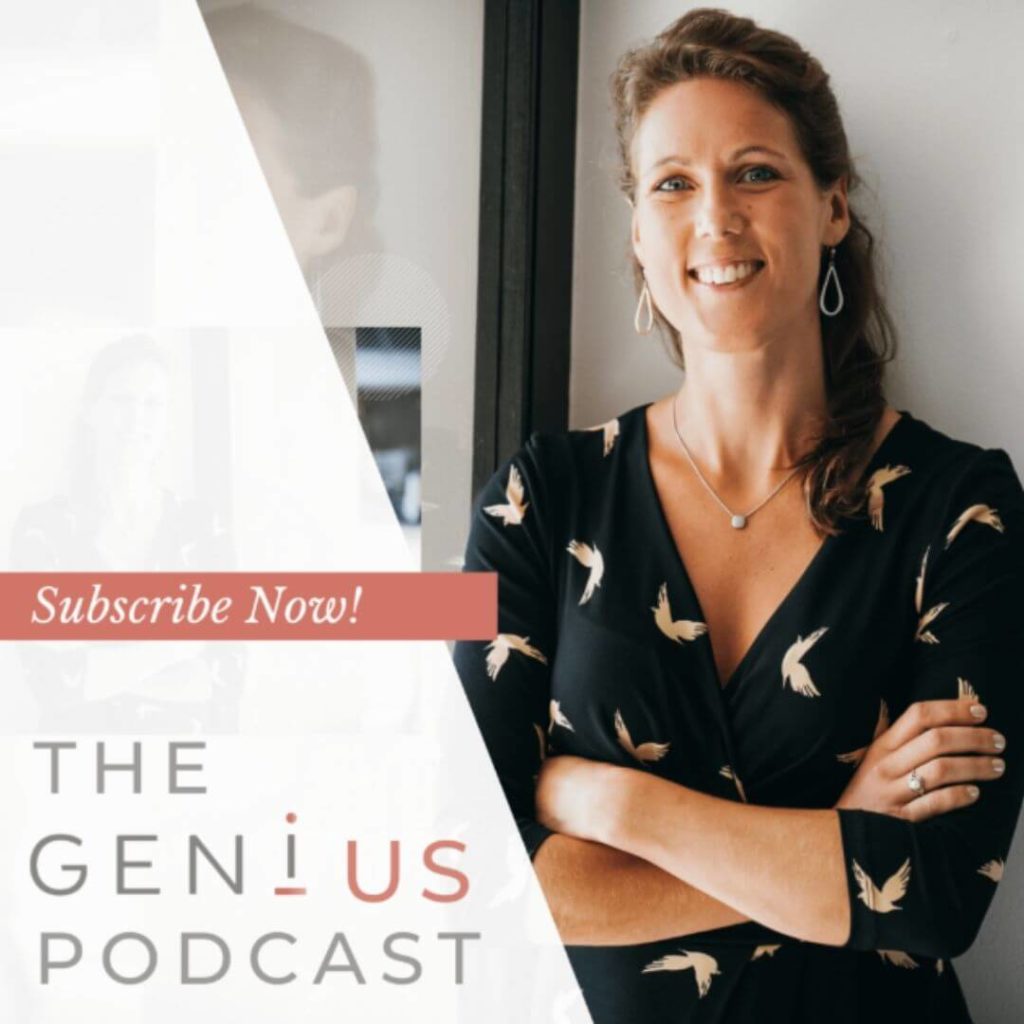What is resilience? I recently asked a group this question. Interestingly, there was a degree of uncertainty around their answers, many of which were vague.
This raised an interesting thought – if we know we want to be resilient but can’t outline what it is, how can we attain it? So I began an exploration of this topic in an effort to help people define resilience and ultimately stand a better chance of achieving this most vital of life skills.
The Qualities of Resilience
I am always a fan of using analogies to explain some of these large subjects. I recently read some incredible facts about spider’s webs and feel they are perfect for exploring this topic.
A spider’s web is constructed of silk comprised gossamer strands. Spiders silk is the toughest material know to man, compared ounce to ounce with steel, the silk is 5x stronger than steel. But did you also know it is also the MOST elastic substance? When stretched, spider silk stretches almost 40% of its length, that’s 30% further than man made bungee cord.
Why does it do this?
Strength
A spider’s web needs to be strong, to have a strong form to begin with. The strength to hold its original shape AND to absorb the impact of prey hitting the web without breaking.
Flexibility
This second quality ensures the web is elastic, can tolerate changes in shape without breaking. If it was strong but rigid, a moth would bounce off the web or break the web upon impact. This ability to return to their original shape gradually ensures the moth stays on the web instead of being catapulted off the web as it recoils.
So, the spiders have evolved to have very strong and elastic webs, that stretch to absorb impacts but don’t break, instead are able to not only stretch, but also return back to their original form.
These two qualities are very useful in our discussion about resilience.
Firstly strength…
To be resilient, you must have a strong form to begin with that won’t break. Like a web, you have a structure, a form. Resilience is about your ability to return to your original form, your ‘centre’, that state you wish to be in most of the time. Secondly, ensuring you are resourced and strong will ensure you are more capable of withstanding hardship.
Maintaining good personal boundaries and staying healthy, are just some of the ways you can stay resourced and at full strength at all times. Maintaining this strong original structure, will enable us to experience and recover from repeated ‘impacts’.
“Do not judge me by my success, judge me by how many times I fell down and got back up again.” ― Nelson Mandela
Next, flexibility…
Flexibility and tolerance to stretch when required without breaking. We want to stretch, absorb life’s ‘impacts’ and spring back. Not break. If we are too rigid or lack adaptability we will struggle to navigate these hardships.
We can develop our personal flexibility in a number of ways. One is to widen our comfort zones and tolerance of change – develop this skill through smaller challenges, expand your comfort zone, test yourself. Almost like fitness training, repeated training builds your body’s fitness and flexibility, likewise overcoming repeated challenges improves your resilience fitness and flexibility. You begin to become more comfortable about change, and you ability to navigate it.
“I can be changed by what happens to me. But I refuse to be reduced by it.”― Maya Angelou
Check out my inspirational podcast conversation with the amazing Winston Clements on the topic of resilience:
A final note…
At this point I also want to make a final clarification. Emotions have their part to play in resilience. When we think about our ability to absorb the impact of experiences that happen to us, we must experience them fully, with all that it entails.
None of us want to ‘numb out’ or shield ourselves from the difficult experiences, letting them bounce off us. We want to experience them in the fullest sense. We can’t numb the bad emotions without numbing the good ones too! Just as Brene Brown says in her famous Ted Talk:
“You can’t numb those hard feelings without numbing the other affects, our emotions. You cannot selectively numb. So when we numb those, we numb joy, we numb gratitude, we numb happiness.”
We want to experience these challenges and all the emotions that come with them. Not shield ourselves from them through ‘numbing out’. This is not ‘strength’. If we allow ourselves to feel the experiences, you will gain far more from each challenge.
Check out my Gen-ius Podcast episode on this topic:
Photo credit – Photo by Diana Orey on Unsplash





